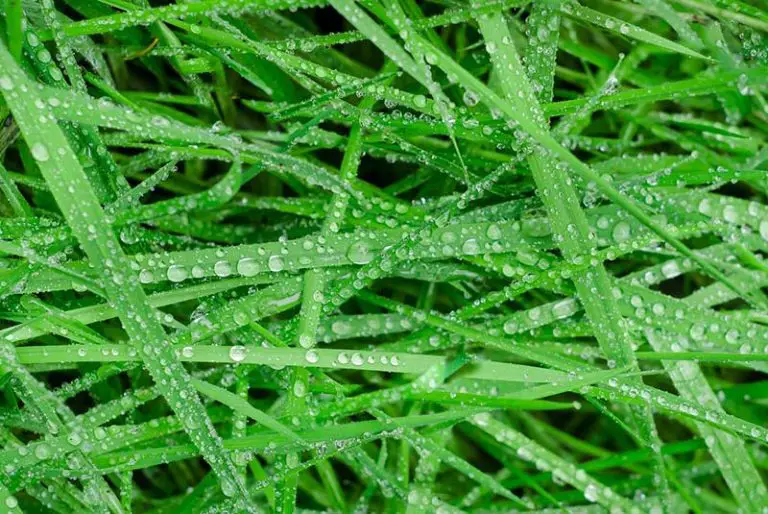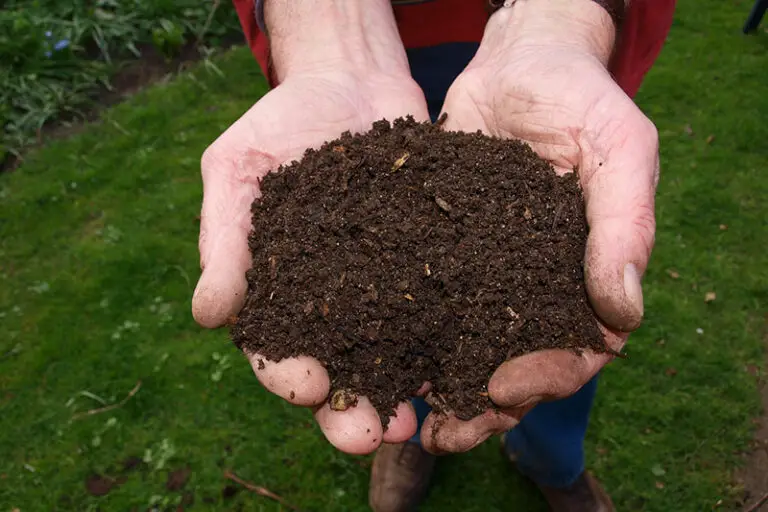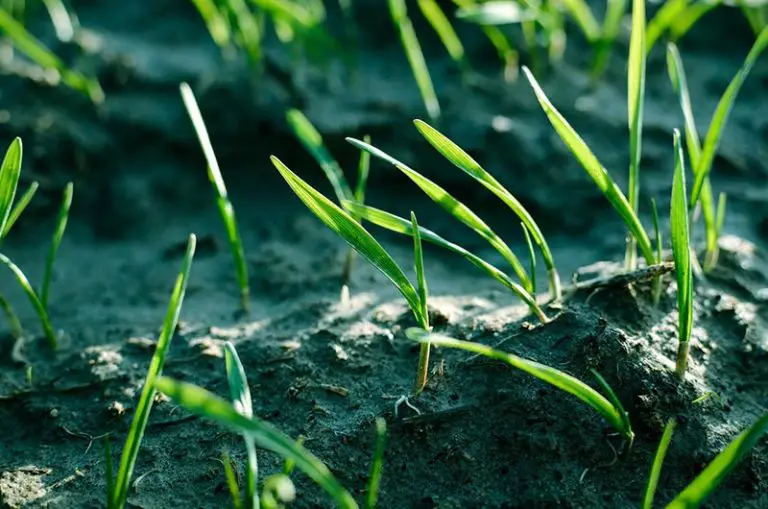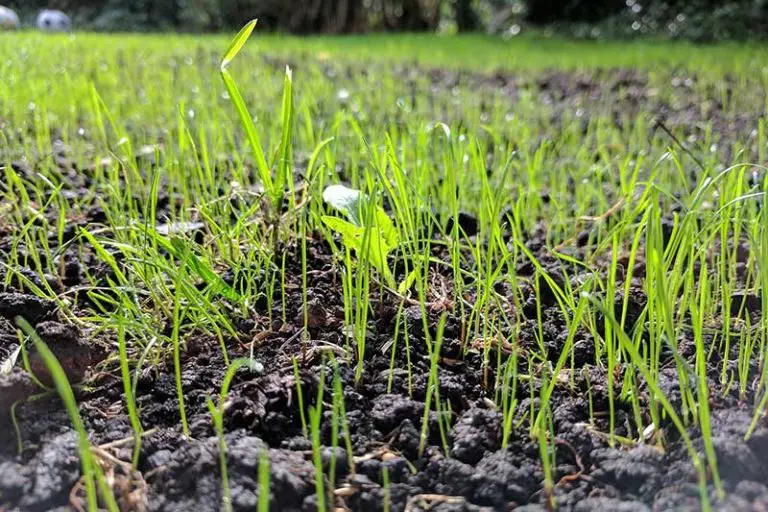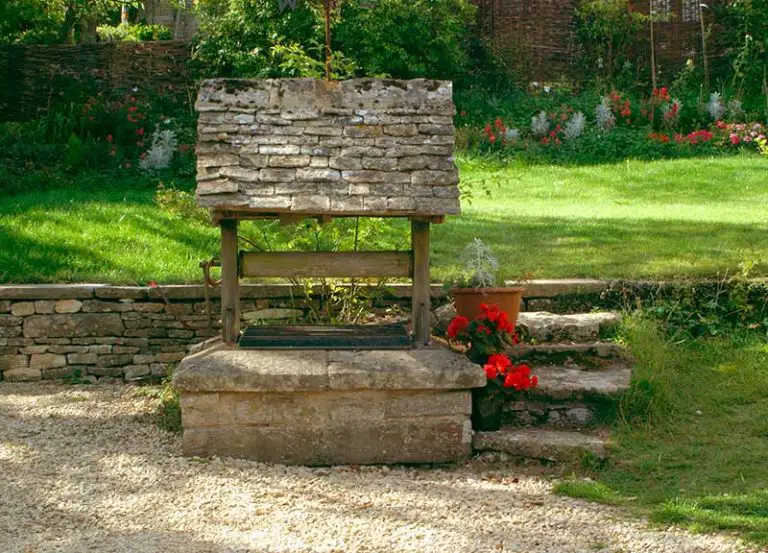Benefits of Liquid Fertilizer & How to Apply it to Your Lawn
When it comes to fertilizers, there are so many different brands, premixed solutions and homemade solutions that it may be hard to find where to begin. Choosing the right fertilizer for your lawn is a delicate balance of finding one that is within your budget, contains adequate ingredients and is beneficial to the type of lawn that you have.
Liquid fertilizer works the same way as other fertilizers do, but is absorbed much quicker due to its composition. It has many other additional benefits, including application times and versatility, which can improve your gardening routine significantly.
What is Fertilizer and Why Should I Use it?
Fertilizer is an additive which can be used to feed grass. It is applied directly to the grass, either by hand or by a seed spreader. Fertilizer keeps grass looking green and healthy, and also provides some protection from lawn diseases such as lawn rust, fungi or other damaging afflictions.
Grass requires around 17 different types of nutrients which are essential for growth and health. These include iron, manganese, and sulfur. Fertilizer acts as a supplement for these nutrients, which may be hard to come by otherwise due to the quality of the soil that the grass is planted in.
What is NPK?
NPK refers to the quantities of three ingredients that are present in fertilizer. These three ingredients are nitrogen, phosphorus and potassium. They are labelled as such due to their symbols on the periodic table (N, P and K). The numbers next to these letters indicate the percentage of the ingredients. So, for example, if you purchase a 20-10-10 fertilizer, it contains 20% nitrogen, 10% phosphorus and 10% potassium. Each of these nutrients has different effects on your grass.
Nitrogen (N)
Nitrogen is one of the more important nutrients which grass relies on. The levels of nitrogen present in the soil can have a great impact on your lawn, as too much or too little could damage the grass. When considering which fertilizer to use, make sure to measure your soil’s pH levels to determine if the amount of nutrients it is receiving are sufficient. Nitrogen is generally used for rapid growth and emphasis on the healthy green color that is idyllic in well-maintained lawns.
Phosphorus (P)
Phosphorus is often supplemented when trying to maintain a strong, healthy lawn as it promotes root growth. Root growth is essential to hardy lawns as it can ensure that the health of the lawn remains well-maintained. It can also help fight off any potential diseases and prevent extensive damage due to diseases and fungus infections.
Potassium (K)
Potassium allows your lawn to bounce back after sitting through harsh conditions such as drought or cold snaps. It also helps it recover quicker in the event of it becoming diseased. Potassium is best used during times where additional resistance is needed, especially during harsh weather or if the lawn is battling fungus or other diseases.
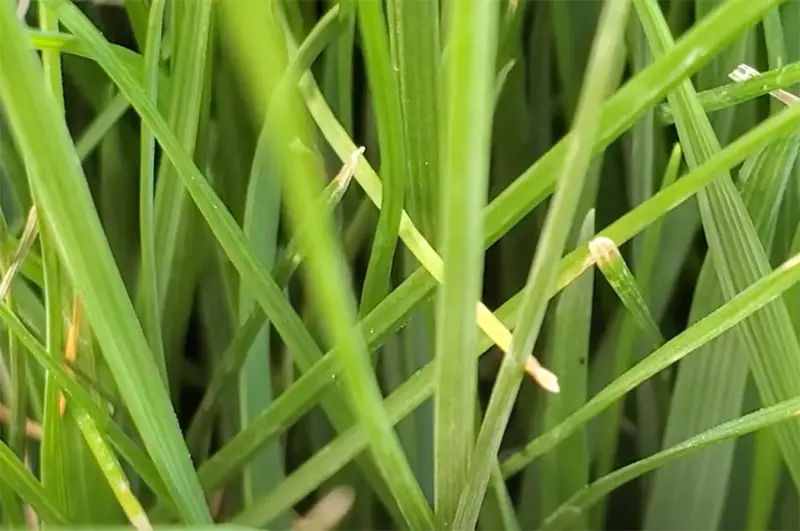
What is Liquid Fertilizer?
There are two types of fertilizers available on the market. These are granular fertilizers and liquid fertilizers. Liquid fertilizer condenses all of these important nutrients down into a liquid solution, which can be sprayed on the lawn as opposed to being seeded. It is often sold in more compact packaging and is easier, and quicker, to apply. Whilst both of these fertilizers do the same jobs, each have their own advantages and disadvantages in regards to the way in which they are applied and their functionality.
Advantages of Liquid Lawn Fertilizer
Liquid fertilizers have a number of advantages along with a few disadvantages. When choosing whether or not to use liquid or granular fertilizers, make sure to consider their advantages and disadvantages to find out which one is best for your lawn.
Absorption Speed
As liquid fertilizer is already in a liquid format, it can be absorbed almost instantaneously by the lawn which it is dispersed on. This can lead to faster results, and lawn health can increase even faster. It also prevents wildlife or rodents from feasting on grains of fertilizer, as is the case with the granular variety. As it absorbs faster, it is also safer for pets, as it doesn’t need to take an extensive amount of time to soak into the soil as granular fertilizer does.
Even Application
Most liquid fertilizers are stored and applied using a spray bottle. The use of a spray bottle is ideal as it streamlines the application process, whilst also keeping it even. This is opposed to granular fertilizers, as it is easy to over-fertilize one area of lawn whilst under-fertilizing another part unless you use a specific fertilizer machine to maintain an even spread.
Mixable
Liquid lawn fertilizers can also be easily added to other products for application. This includes products such as weed and feed, which can bolster your lawn’s health and also cut down on time spent applying products. It goes without saying that it’s important to double check the amount of nutrients that will be getting applied if the lawn fertilizer is mixed with another compound which contains nutrient additives.
Versatility
Liquid lawn fertilizer is also incredibly versatile as it can be watered down from its concentrated solution if necessary. It can also be used in both foliage and on lawns, due to its spray application. In addition to this, some liquid lawn fertilizers can be hooked up to a hose to increase spray distance, or they can be applied in much smaller areas, including irregularly shaped areas.
Disadvantages of Liquid Lawn Fertilizer
Whilst liquid lawn fertilizers may seem like the ideal solution to your lawn’s needs, they also have some disadvantages which may prove to be problematic given your circumstances. Like all gardening equipment, it’s important to weigh up these pros and cons before making a decision, as everybody’s situation is different and each lawn has its own individual needs.
Cost
Liquid lawn fertilizer is generally more expensive than granular fertilizer, due to the extra time and manufacturing needed to prepare and mix it. This may not make much of a difference if it is used sparingly on smaller lawns, but the difference will be noticed if used for larger lawns.
Results May Wear Off Quicker
It’s believed that whilst the positive results may appear quicker when liquid lawn fertilizer is used, they tend to wear off quicker as well. This can lead to either needing to fertilize your lawn more often using liquid lawn fertilizer, or swapping over to granular fertilizer every now and then for a slow-release.
When Should I Spray Liquid Fertilizer?
When your liquid lawn fertilizer should be applied depends entirely on the type of lawn you have, and its requirements. Some lawns require more frequent sprays, whilst others often only require fertilization once a year. If your lawn is fertilized only once a year, make sure that it is sprayed around the same time each year during a period where the grass is in most need of nourishment. This is often around September/October time, as your lawn will be hungry from the previous year and will need nourishment to keep it going through the winter.
If you spray your fertilizer more than once a year, make sure to do the second helping shortly after the first, to give the first helping a “boost”. This should be done approximately a month after the first spray.
How to Apply Liquid Lawn Fertilizer
Liquid lawn fertilizer is often applied via a spray attachment attached to the bottle, or it is diluted as it is sprayed using a standard garden hose attachment. Using a garden hose attachment will water your lawn and dilute the solution simultaneously whilst the lawn is being fertilized. Some lawn fertilizers require dilution before they are applied due to the concentration of the ingredients. In this case, they can be premixed in another spray bottle before being applied evenly to the lawn.
Which Liquid Fertilizer Should I Use?
The liquid fertilizer you use should depend on the health of your lawn, your lawn goals, and the type of lawn that you have. The best way to decide which lawn fertilizer is best for your lawn is to complete a soil test to figure out which nutrients may be lacking or may need to be maintained for healthy grass growth. Soil test kits are available in stores and online, and offer an insight into the pH levels of your soil.
- Calibrated specifically for soil pH testing with fast and accurate soil test results in 60 seconds at home
- 2nd Generation ph soil test kit with simplified 3 pad design for improved accuracy to easily optimize soil pH. Garden Tutor soil ph tester strips are designed to work in all soil types including sand, silt, clay and loam soils and a detailed testing instructional guidebook is provided to help you garden like a pro.
- Enough soil test strips for 100 soil pH tests - Since soil pH can vary in different areas it is important to take multiple soil pH tests around your property. Essential for lawn soil pH testing and adjustments.
- Optimize soil pH to plants specific needs to increase nutrient availability. Proper soil pH is an essential key needed to unlock nutrients in your soil and make them available to plants. If your soil is too acidic or too alkaline for your plants they won't thrive. Perfect for indoor and outdoor applications. Houseplants, flowers, herbs, potted plants, annuals, perennials, trees, shrubs, fruits, and vegetables benefit from proper pH levels.
- Includes detailed full color pH testing handbook with lime and sulfur application charts to give you all the tools needed to raise or lower your garden soil pH. Garden Tutor soil pH testers are easy to use and provide fast results for gardeners and growers that want to increase yields. A perfect vegetable gardening soil tester for soil pH that will help you grow more crops and eliminate nutrient deficiencies.
Based on your soil kit results, you can begin to think about which liquid fertilizer is best for your garden based on the NPK of the solution. Most lawns need a decent amount of nitrogen in order to maintain a healthy green look, and oftentimes do not require a high level of phosphorus.
Final Thoughts
When it comes to maintaining your lawn, the type of fertilizer you use can make a world of difference. Liquid lawn fertilizer has many advantages when it comes to lawn care, including the time it takes to apply and how evenly it can be applied.


